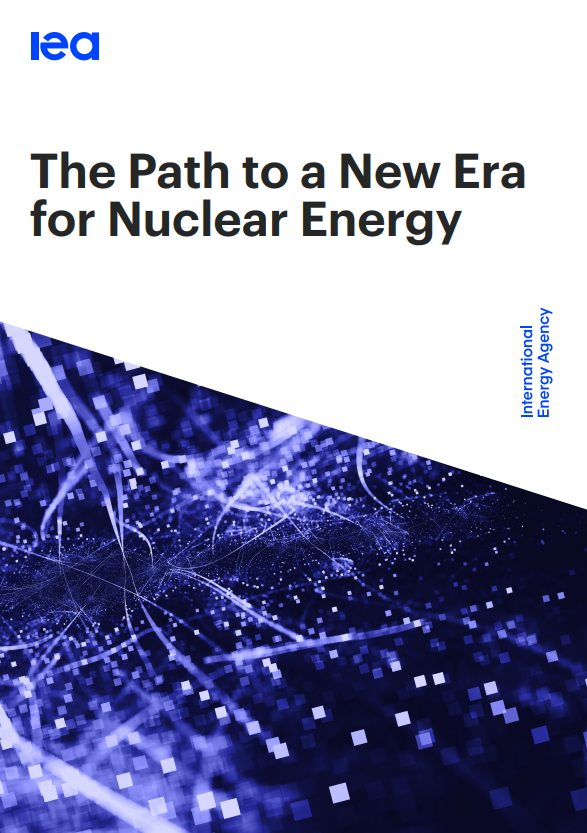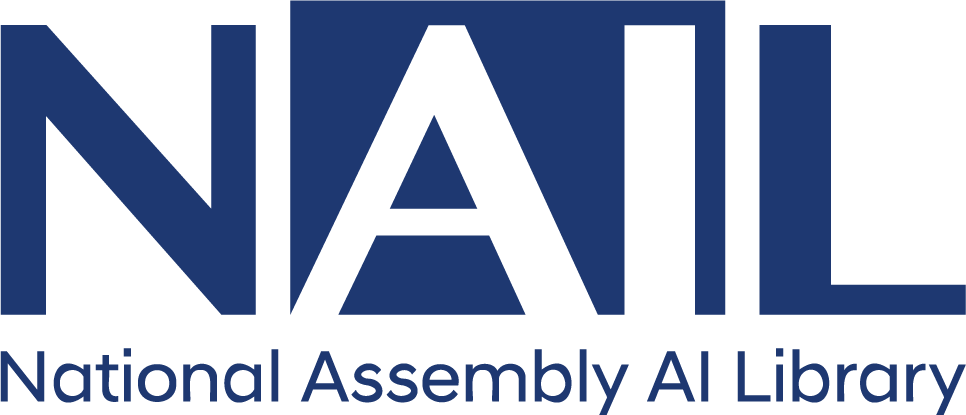
목차
Executive Summary 8
Introduction 13
1. Status of nuclear energy 14
Highlights 14
Current role of nuclear energy 15
Nuclear energy is the second-largest low-emissions source of electricity worldwide 15
Nuclear has long been an important source of heat in several countries too 17
Nuclear fleets are oldest in the advanced economies 19
Recent market developments 20
Technological leadership has shifted towards China and Russia 20
Nuclear power plants are taking longer to build in the advanced economies 22
Nuclear investment has been rising in recent years 24
Drivers of renewed interest in nuclear energy 25
Policy support for nuclear energy is strengthening in many countries 26
Nuclear technology development is accelerating and could reshape nuclear market leadership 30
Data centres are emerging as a new dedicated market for nuclear power 37
Opportunities for restarting nuclear plants 40
2. Outlook for nuclear investment 43
Highlights 43
Global outlook 44
Government policy will play a critical role in the future of nuclear energy 44
A growing share of investment is set to go to SMRs 47
Regional outlook 48
China is set to account for the bulk of the growth in global nuclear capacity to 2050 48
A major increase in investment is needed in the coming decade 49
Cutting construction and financing costs is key to making nuclear competitive with other dispatchable options 52
Nuclear market leadership could shift back towards advanced economies 56
Prospects for SMRs 58
Successful SMR development could open up a huge market 58
Several countries are planning to deploy SMRs, led by the United States and China 59
Faster cost reductions could unlock additional SMR deployment 61
Supply chains and workforce requirements 62
The next era of nuclear energy calls for efficient and diversified supply chains 62
Planning for workforce challenges in advance is necessary to avoid bottlenecks 66
Ensuring the safe operation of nuclear reactors is paramount 66
Decommissioning and waste are key considerations 67
3. Financing nuclear projects 69
Highlights 69
Distinctive factors in nuclear financing 70
The cash flow profile of nuclear plants requires a tailored approach to financing 70
Construction risk remains a major hurdle to financing 71
Special treatment of backfitting and accident risk is often required 72
The cost of capital is of particular importance for the financial viability of nuclear investments 74
Who invests in nuclear? How is it financed? 75
State-owned enterprises dominate the nuclear industry today 76
New reactors are generally financed by a mix of debt and equity, while lifetime extensions are debt-financed 78
Public equity and commercial debt are the main sources of finance 79
Private financial institutions hold a generally favourable view of nuclear financing 81
Unlocking more finance for nuclear energy 83
Business models to de-risk nuclear investments can vary depending on country profile and preference 83
Boosting private financing will be critical 86
Greater reliance on equity financing could push up the cost of capital in the near term 89
MDBs could help with financing nuclear energy, but only on a small scale 91
Green bonds and transition finance instruments are expanding 93
SMRs could open the door to greater private sector participation 95
Abbreviations and acronyms 97



